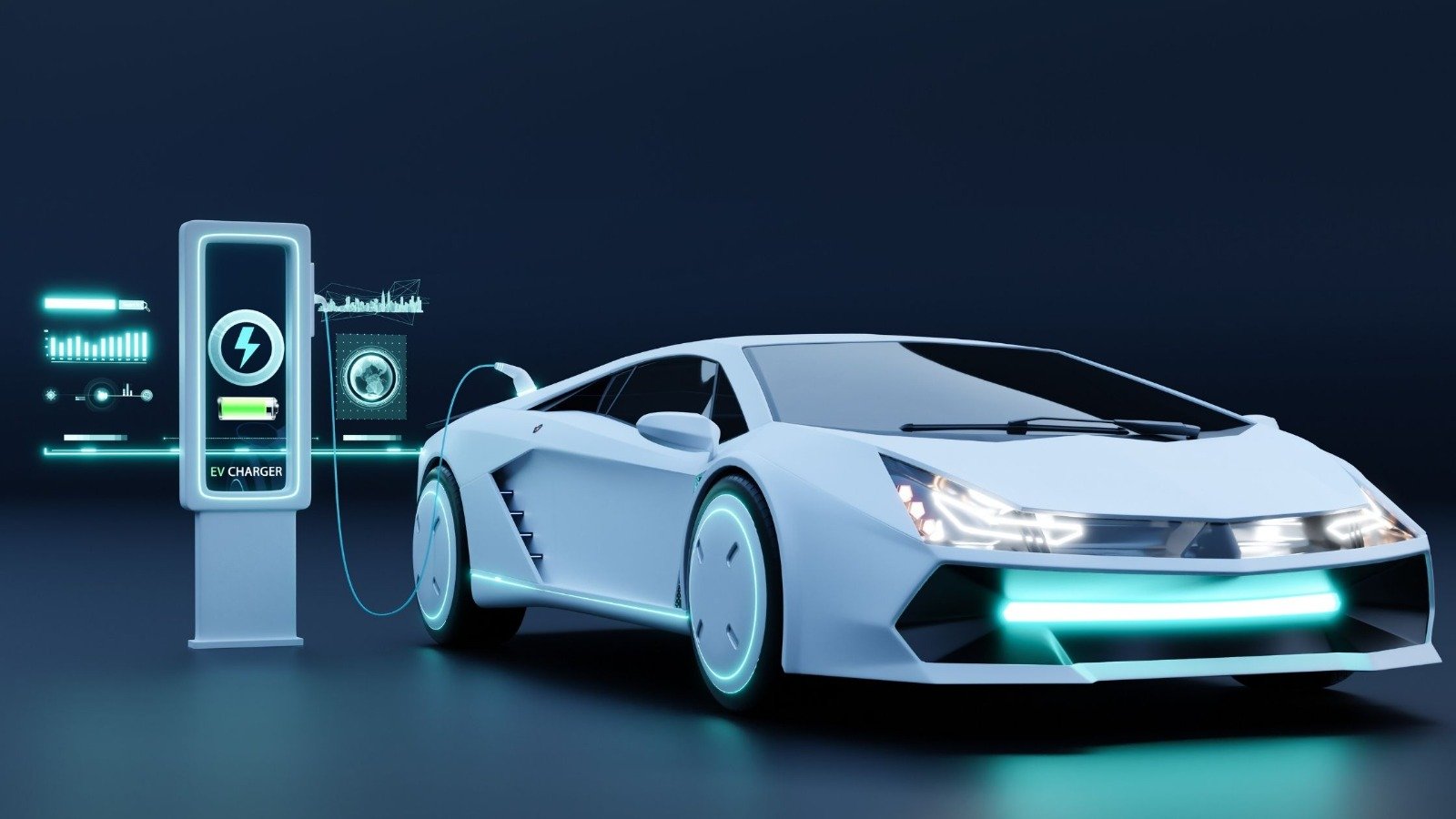
EMERGING TRENDS IN ELECTRIC VEHICLES (EV) AND CHARGING INFRASTRUCTURE
- by phdblog
The shift toward electric vehicles (EVs) is accelerating, driven by environmental concerns, technological advancements, and supportive government policies. Alongside EV adoption, charging infrastructure development has become a critical component of the electric mobility ecosystem. This topic explores the latest trends in EV technology and charging infrastructure, providing insights into their impact on the automotive industry and society.
Introduction to EV Growth and Charging Needs
Electric vehicles are transforming the transportation industry, offering an eco-friendly alternative to internal combustion engine (ICE) vehicles. EVs reduce greenhouse gas emissions, lower operating costs, and support the transition to renewable energy. As global sales of EVs rise, the need for accessible and efficient charging infrastructure grows. Governments, automakers, and private companies are investing heavily to meet the demands of this emerging market.
Key Trends in Electric Vehicles
Advancements in Battery Technology
Battery innovations are a cornerstone of EV progress. The industry is shifting from lithium-ion to solid-state batteries, which offer higher energy density, faster charging, and improved safety. For example, Toyota’s solid-state battery prototype boasts a 1,200 km range on a single charge.
Expansion of EV Models
Automakers are diversifying their EV offerings to cater to various segments, including luxury, SUVs, and budget-friendly models. Tesla, BYD, and Hyundai are leading this transformation, with affordable models like the BYD Dolphin making EVs accessible to more consumers.
Enhanced Autonomous Features
Many EVs now integrate advanced driver-assistance systems (ADAS) and autonomous driving capabilities. Tesla’s Autopilot and GM’s Super Cruise are examples of how EVs are redefining driving experiences with safety and convenience (Rana & Khatri, 2024).
EVs as Energy Storage
The system of “Vehicle-to-grid (V2G)” allows EVs to perform as “mobile energy storage units.” Therefore, this innovation enables users to store excess renewable energy and return it to the grid.
Trends in Charging Infrastructure
Ultra-Fast Charging Stations
Charging speeds are a key focus. Ultra-fast chargers like Tesla’s Superchargers and Ionity’s network can provide up to 80% charge in 20–30 minutes. Companies are also exploring 800-volt charging systems to enable even quicker recharging (Mandrile et al., 2021).
Wireless and Mobile Charging
Wireless charging pads and mobile charging vans are making recharging more convenient. For instance, WiTricity is pioneering wireless EV charging solutions, while companies like SparkCharge offer on-demand mobile charging services.
Smart and Connected Charging
Smart charging stations equipped with IoT technology allow users to monitor energy usage, locate chargers, and schedule charging via mobile apps.
Renewable Energy-Powered Chargers
Solar-powered charging stations and wind-integrated systems are growing. For example, Tesla’s solar-powered charging network contributes to its mission of a sustainable future (Hampannavar & Mansani, 2024).
Real-Life Examples of EV and Charging Innovations
- Norway’s EV Leadership: Norway is the world leader in EV adoption, with over 80% of new car sales being electric. The government’s extensive subsidies and comprehensive charging network make EV ownership seamless.
- Lucid Motors’ Breakthrough: Lucid Motors’ Air sedan offers a record-breaking range of 837 km on a single charge, setting a new benchmark in EV performance.
- India’s EV Push: India is investing heavily in EVs and infrastructure with programs like FAME II, which subsidizes EV purchases and develops charging networks in urban and rural areas.
- Shell Recharge: Shell is transforming gas stations into EV hubs, with plans to install 500,000 charging points globally by 2025 (Agbesi et al., 2024).
Challenges and Mitigation Strategies
- Range Anxiety
A restricted charging model often leads to range anxiety among several EV users. Hence, expanding charging networks and promoting ultra-fast chargers can address this issue.
- High Initial Costs
Despite falling battery costs, EVs remain more expensive than ICE vehicles. Governments and automakers are mitigating this through subsidies, tax breaks, and financing options.
- Grid Overload Concerns
The increase in EV implementation puts burdens on power grids. Therefore, renewable energy and smart grid technology integration can help balance supply and demand (Panda & Das, 2021).
Future Outlook and Conclusion
The future of electric mobility is bright, with rapid advancements in technology and infrastructure. By 2030, EVs are projected to account for over 50% of new car sales globally. The integration of renewable energy, V2G technology, and AI-driven optimization will further revolutionize the EV landscape.
Investing in sustainable charging infrastructure and addressing adoption challenges will ensure a seamless transition to an electric future. As individuals and businesses embrace EVs, they contribute to reducing emissions, improving air quality, and building a sustainable world.
References
Agbesi, P. K., Ruffino, R., & Hakovirta, M. (2024). Creating an optimal electric vehicle ecosystem: an investigation of electric vehicle stakeholders and ecosystem trends in the US. SN Business & Economics, 4(3), 28.
Hampannavar, S., & Mansani, S. (2024). Smart Monitoring of Microgrid-Integrated Renewable-Energy-Powered Electric Vehicle Charging Stations Using Synchrophasor Technology. World Electric Vehicle Journal, 15(10), 432.
Mandrile, F., Cittanti, D., Mallemaci, V., & Bojoi, R. (2021). Electric vehicle ultra-fast battery chargers: a boost for power system stability? World Electric Vehicle Journal, 12(1), 16.
Panda, D. K., & Das, S. (2021). Smart grid architecture model for control, optimization, and data analytics of future power networks with more renewable energy. Journal of Cleaner Production, 301, 126877.
Rana, K., & Khatri, N. (2024). Automotive intelligence: Unleashing the potential of AI beyond advanced driver assisting system, a comprehensive review. Computers and Electrical Engineering, 117, 109237.
The shift toward electric vehicles (EVs) is accelerating, driven by environmental concerns, technological advancements, and supportive government policies. Alongside EV adoption, charging infrastructure development has become a critical component of the electric mobility ecosystem. This topic explores the latest trends in EV technology and charging infrastructure, providing insights into their impact on the automotive industry…
